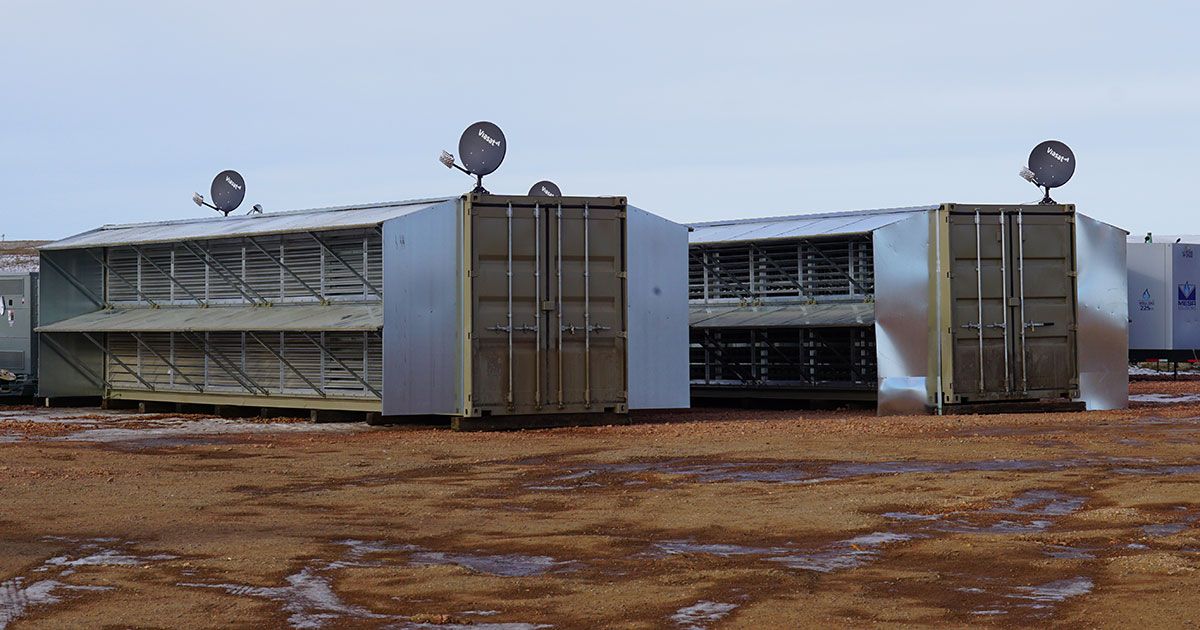
So Crusoe bought and donated eight NVIDIA RTX 5000 Graphic Processing Units to this endeavor. The GPUs are located at a North Dakota oil field, and Crusoe gets batches of large computation jobs from Stanford. Loveland-based Mesa Natural Gas Solutions has donated natural gas generators to produce the electricity for the GPUs from waste natural gas.
Oil companies in the United States flare around 500 billion cubic feet of natural gas each year, more than the energy used on the whole continent of Africa, Lochmiller says. In addition to wasting energy, flaring dumps climate-warming methane and carbon dioxide into the atmosphere. “They’re basically burning all this money because it’s logistically hard to use this natural gas,” he says. “It’s an infrastructure and transportation problem.”
Cavness, who worked in the oil and gas industry, approached Lochmiller with this problem in early 2018. Lochmiller, then at a fund investing in blockchain technologies, recognized that the “primary cost of high-performance data-rich computing is energy. Connecting the dots was straightforward. “Put a bunch of servers in a mobile data center and go to where this excess energy is located,” he says.
They now have 22 mobile computing and data centers at oil well sites, mostly in North Dakota and Montana. For oil companies trying to get rid of the waste gas and in the process gain environmental cred, this is a service. So Crusoe buys the gas for a mere 1 cent per million cubic feet.
The company now plans to add another eight GPUs to aid the digital fight against the coronavirus in the coming weeks, Lochmiller says. “This is a unique opportunity to contribute what we can, which is low-cost compute.”
